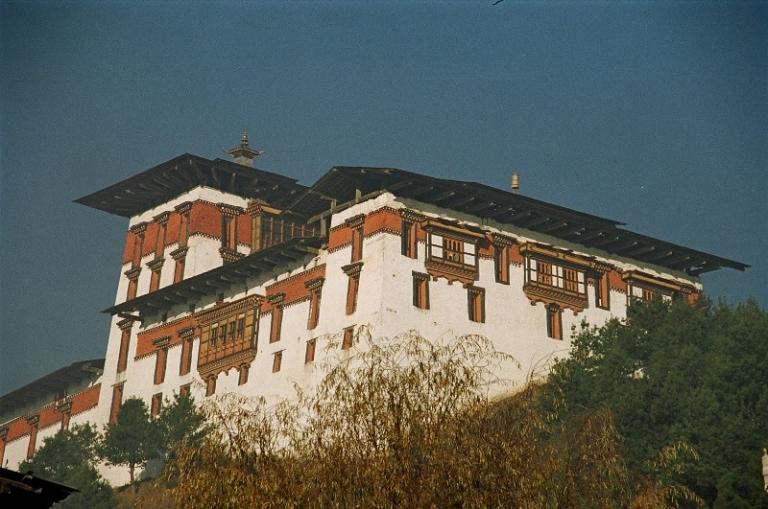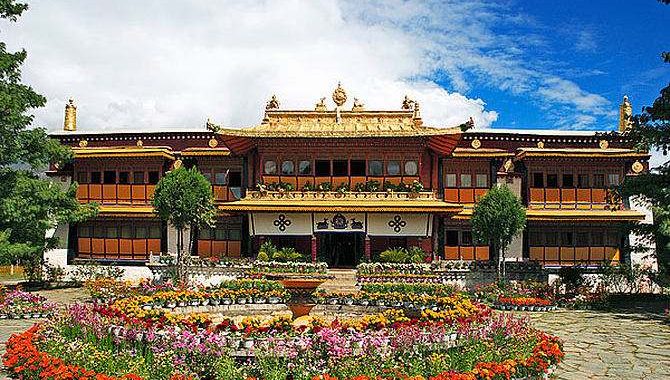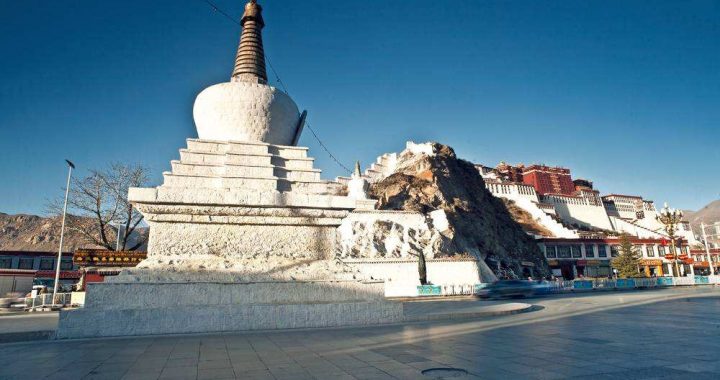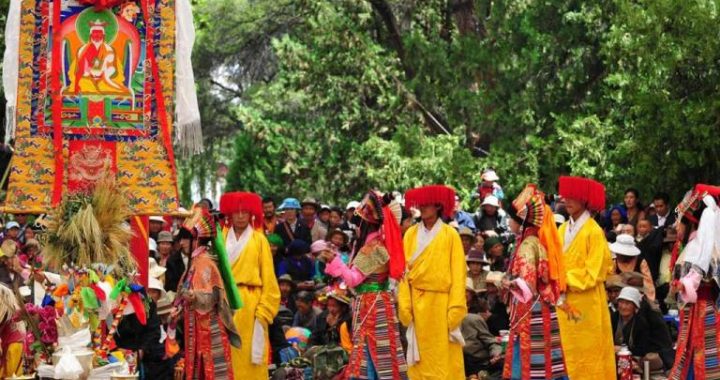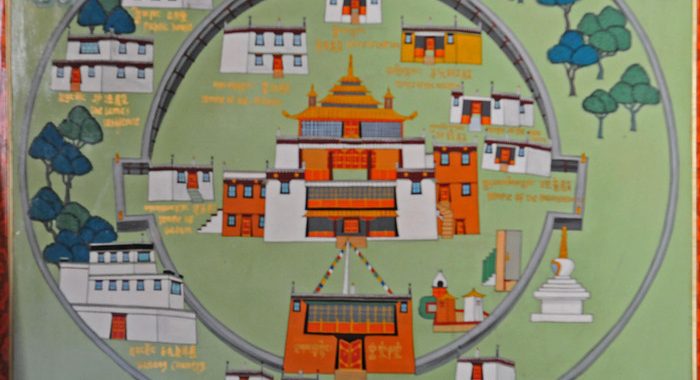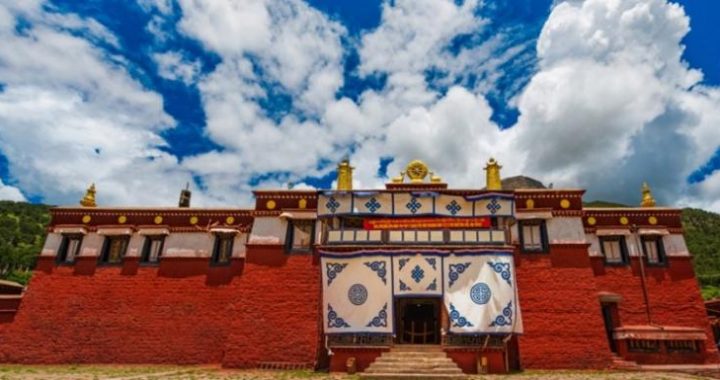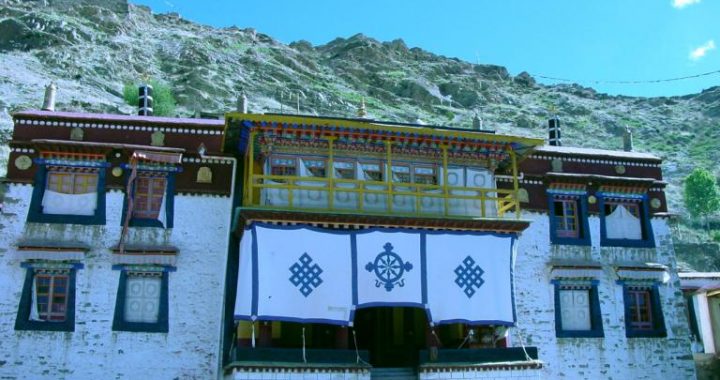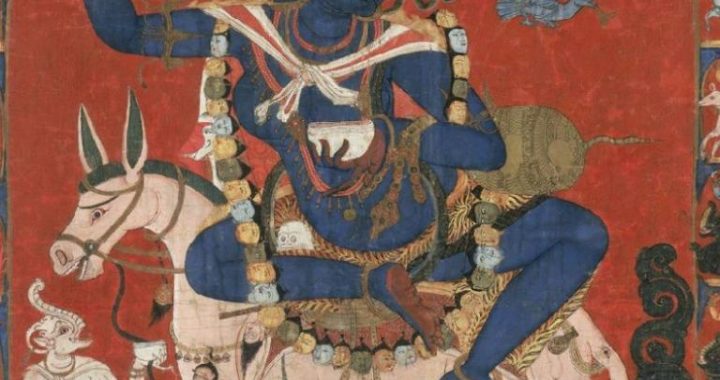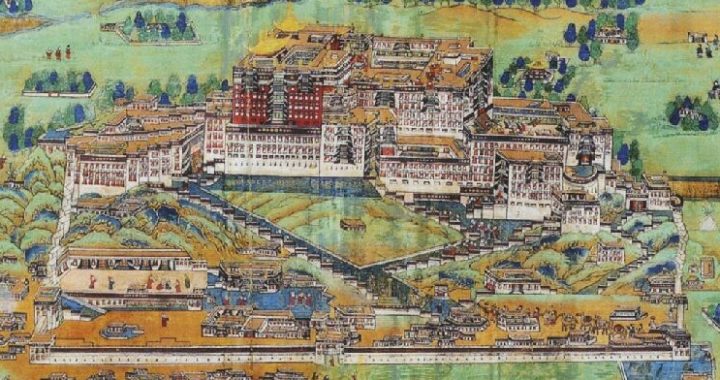The Stage When Multiple Architectural Styles Rose and Throve
2 min readThe period between the middle of the ninth century and the sixteenth century marked the second stage of the development of Tibetan palaces and temples,i.e., the period witnessing the rise and prosperity of Tibetan constructions.
At that time Buddhism which had been stifled for nearly one hundred years revived on the snowcapped plateau of Tibet, thanks to the joint efforts of the two branches of descendants of the Tubo Kingdom. The two descendant branches began the adoption of monastic life at Amdo and Kashmir respectively before they returned to Tibet to resurrect Tibetan Buddhism, thus formed the co-existence of multiple sects of Tibetan Buddhism. By the 15th century, the Tibetan Buddhism gradually branched into a variety of sects such as Nyingma sect, Gadam sect, Kagyu sect, Sakya sect, Gelug sect, Zhalu sect, Jonang sect and so on. All of these sects built up their own temples in diversified styles featuring the Han and Tibetan elements. Some temples were in the shape of pagodas and some grottos.
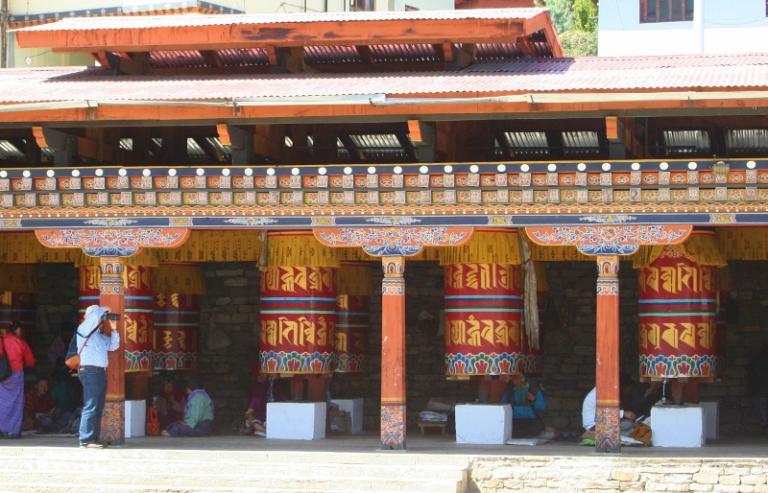
Just because multiple branches of Buddhism were developed at that time, all sects had their own temples built, leading to the coexistence of various styles of Buddhist temples in Tibet. Alongside the dissemination of Buddhism, many great temples were built. Therefore, this period was called the period of revival and prosperity of Tibetan temples.
The major temples at the time were Toling Monastery, Korkya Monastery in west Tibet, and the Tashilhunpo Monastery, Shalu Monastery, Palkor Monastery, Jonang Monastery, Dorjedan Monastery, Ngor Monastery, the Sakya Monastery in Xigaze as well as the Mindrolling Monastery, Reting Monastery, Sangpu Monastery, Daglung Monastery, Drigung Til Monastery, Trophu Monastery, Drepung Monastery, Sera Monastery, Ganden Monastery in Shannan Prefecture besides the Riwoqe Monastery, Qambaling Monastery and Karma Gon in Kham.
